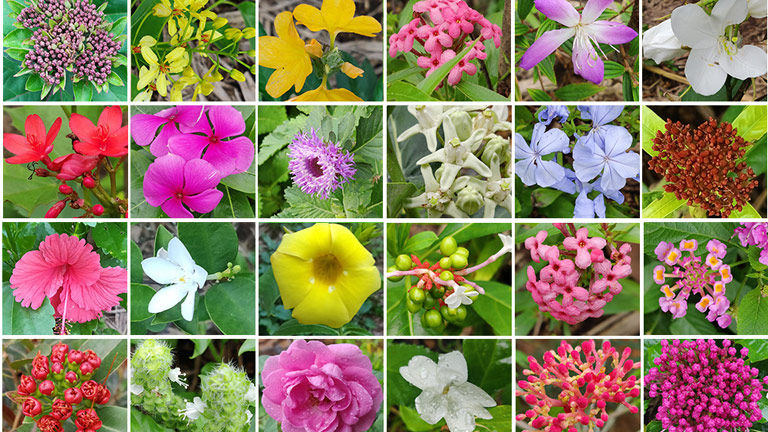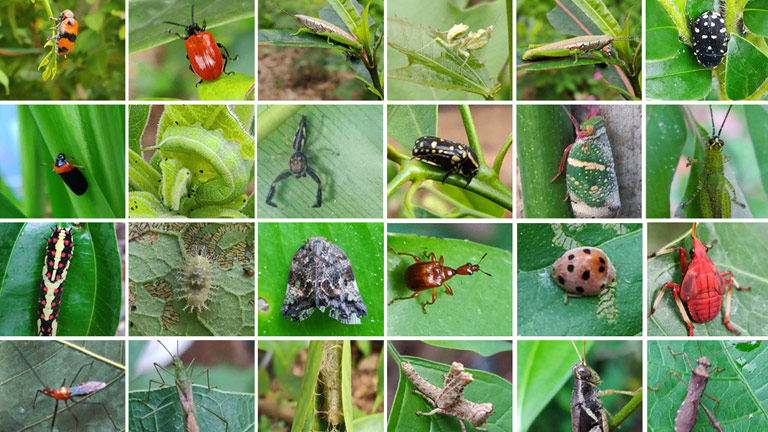
Kerala is currently facing the problem of depletion of biodiversity due to various factors like high degree of urbanization, unchecked exploitation of herbs and medicinal plants for the indigenous medicinal practices, monoculture for increased short time economic benefits, etc. The speedy urbanization of Kerala has had an adverse domino effect in that it has caused the spread of new and more contagious diseases, precipitated high morbidity, increased road accidents and so on. While immediate and multi-pronged scientific interventions are needed to arrest these problems, there is one solution that can be easily implemented at the individual level – creation of Miyawaki forests in whatever space is available. 
In 2018 and 2019, Kerala showed unprecedented bravery in fighting the worst floods in a century. Now the state is all set to join the global battle against climate change, and take the next leap towards creating a 'New Kerala' that is tough enough to not only withstand but also prevent natural calamities as far as is possible. The Miyawaki Afforestation Model is the most innovative and cost effective way to accomplish the new goal. Simulating a natural forest within a short span of time is the core aim of this method. Such forests will not only save trees that are about to ‘disappear’ from their domiciles but also provide shelter for birds and small creatures which are either on the verge of extinction or face the threat of being driven out of their urban and semi-urban spaces.
We follow Prof. (Dr) Miyawaki's revolutionary concept in afforestation which makes it possible for even ordinary people to simulate natural forests. The main advantage of this method is that a forest can be made in as small a space as two cents of land. The other advantage of Prof. Miyawaki’s model is that it helps simulate a forest in 10-15 years. A Miyawaki forest achieves the growth of a 30-year-old forest within 5-10 years, and the growth of a 100-year-old forest within 25-30 years. This is made possible by densely planting a variety of indigenous trees and plants that are suited to the climatic conditions and soil compositions of the areas where they are put up.
Our Journey…..
After several years of relentless experimentation and failures, we finally discovered the worth and relative superiority of the Miyawaki afforestation techniques. The conviction, that the Miyawaki method of planting is the best method to simulate natural forests in the least time and in the least space, grew stronger with every passing year. Consequently, our first Miyawaki forest took birth in 2017. This was at a three-cent triangular plot of land on top of the rocky and almost barren hillock at Puliyarakonam owned by Hari M. R., CEO of Invis Multimedia.The luxuriant growth of the tree forest soon inspired him to conduct more experiments in order to come up with a unique and customized Miyawaki Model that would optimize the weather and soil conditions of Kerala, and use them to create vegetable-, fruit-, flower- and medicinal herb forests. Efforts were also made to yoke these principles with the promotion of indigenous animal, fish and poultry farming, low-cost housing and so on.
A few additional features have been inserted into the traditional Miyawaki Model to design a new template. They are: (i) planting four saplings instead of three (as recommended by Dr Miyawaki) in a one-sq.-m. segment of the site, (ii) preferring a bowl structure to Miyawaki’s mound pattern, (iii) installing a widely-spaced wire net at a height of two metres to support the trees, (iv) putting up a green shade in the initial months of planting in places where the sunlight is very strong, (v) installing drip irrigation, and so on.
Following the success of this model, we have wasted no time or effort in fulfilling our vision of planting one million trees in the least possible time. Till date we have successfully planted many forests across Kerala either according to the preferred yield (Fruits, Flowers, Medicinal, Spices) or as per specific themes like ‘Gita Govinda’ to suit the needs of interested parties. Even while creating these forests, care was taken to accommodate as many indigenous varieties of plants as possible.
To facilitate implementation of more Miyawaki forests that will help tackle climate change, water scarcity and increasing carbon content as well as to bring back the lost pristine environment, we provide 'Turn key', 'Consultation' and 'Online Training Programme' services. We take pride in being able to create and spread awareness of the benefits of the Miyawaki forests among the public and within the government, through our CSR initiatives in service of the state forest department and Kerala Tourism. This has led to many individuals, private and government institutions and educational institutions coming forward to contribute towards ‘Greening Our Globe'.
More details of our green interventions are available at our " Project" section.



